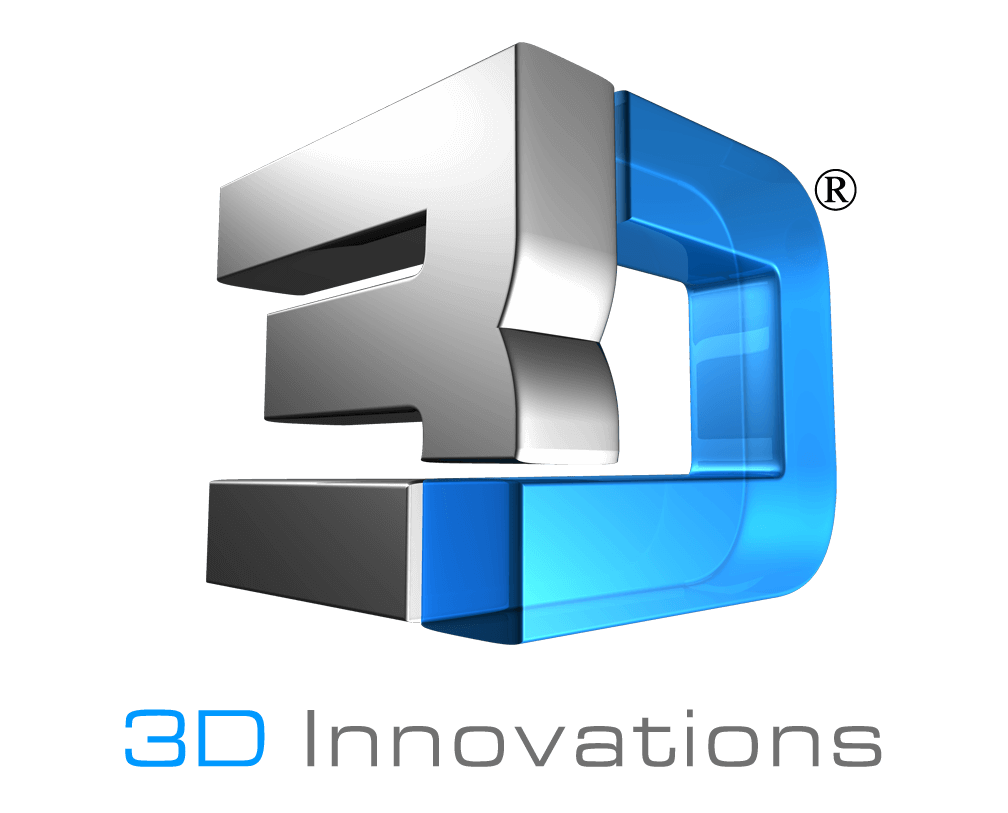We came across an article earlier this week by Brian Proffitt on the ReadWriteWeb website titled, How Open Source Hardware Is Driving the 3D-Printing Industry. Just as open source software created a buzz when it was new to the tech scene, so too is open source hardware (OSHW). OSHW is pushing 3D technology forward and it is also making quite an impact on the engineering and design communities.
Open Source Hardware
“Open source hardware is a component or device that has been licensed to allow anyone to examine, duplicate and modify the hardware as they wish. The openness affects the intellectual property of the device. You can either download the specs and build the device or component yourself, or buy the hardware for a small assembly fee from a vendor. As with open source software, sharing is not only allowed, it’s encouraged.” (Proffitt)
One of the major differences between developing open source software and developing open source hardware is that hardware results in tangible outputs, which cost money to prototype and manufacture. These products can be extremely expensive and many require a business infrastructure type of environment, which poses a challenge to all of the DIYers out there. Luckily, this is where 3D printing technology comes in; A 3D printer can print a few devices – or thousands – without significant retooling, pushing upfront costs to near-zero (Proffitt).
Engineering & Design Communities
The engineering and design communities are really embracing OSHW because people are able to start from a basic model and modify the blueprints to fit their design needs and then simply 3D print a prototype. Now students in an engineering classes are able to learn, modify and prototype all in a semester.
A company by the name of, Arduino is transforming the manner in which engineering classes are now being taught. “Arduino has developed the Interactive Design Institute Ivrea (IDII) to help students there actually build prototype objects that could react to their inputs (Proffitt).” Arduino goes beyond the classroom and is a tool intended for “artists, designers, hobbyists, and anyone interested in creating interactive objects or environments” (Arduino website).
“Arduino’s hardware is completely open sourced (under Creative Commons), with design files and specs available, as well as control software (under the GPL) and documentation (also under Creative Commons). The only thing non-free about Arduino is the trademarked name – and that’s just to keep standards in place.” (Proffitt)
OSHW is making it easier, faster and cheaper to produce physical objects could fundamentally shift the manufacturing paradigm. Being able to modify and produce products that meet specific design specifications, individuals are now able to manufacture highly-personalized products.
Though the OSHW community is still relatively small, it is growing at a very rapid pace. It is moving beyond designers and students, and into small businesses and product development.
Please share your thoughts on open source hardware with us!
References:

